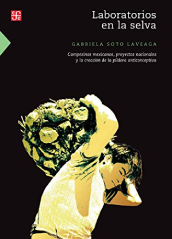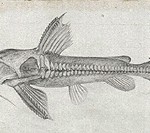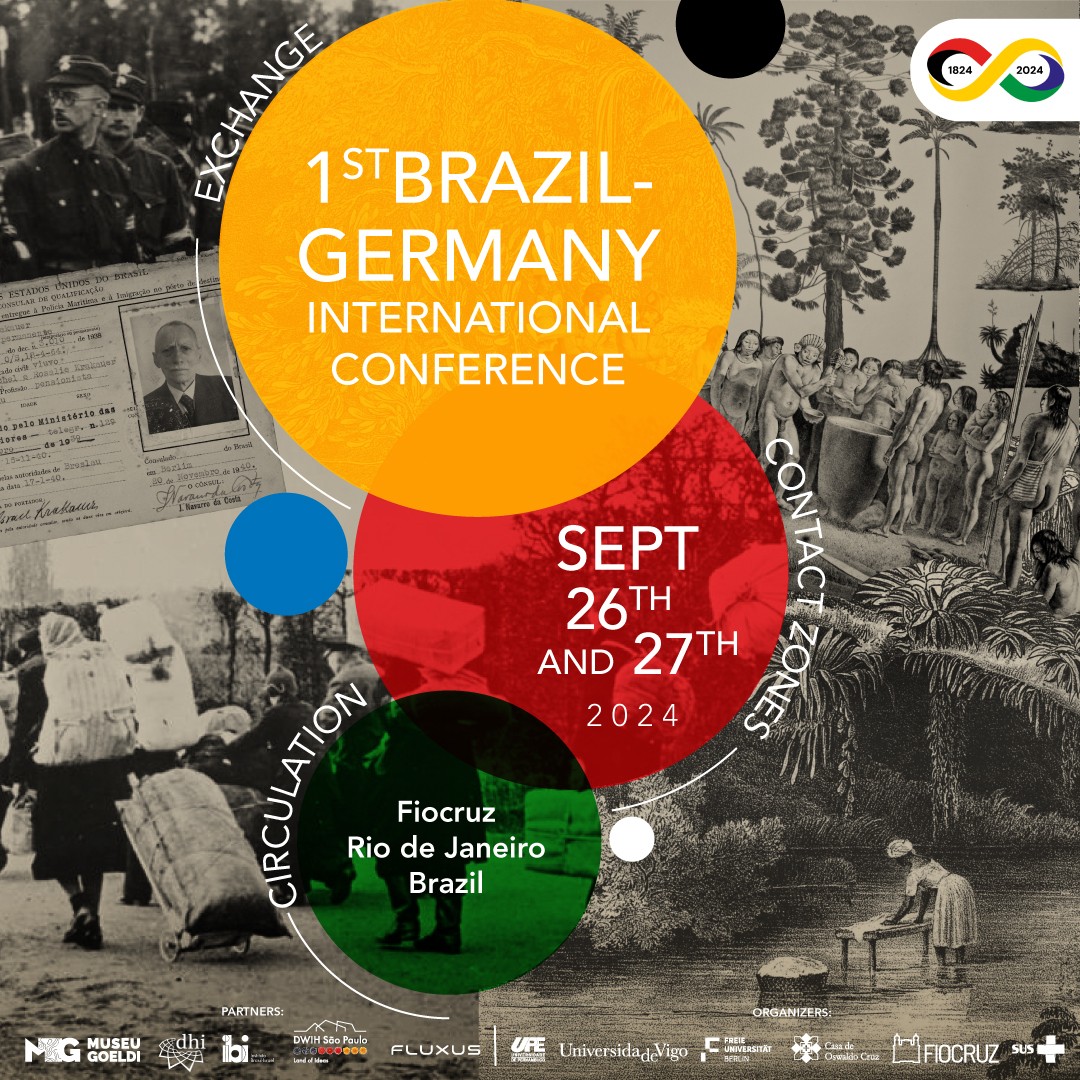The new issue of HCS- Manguinhos “Oceans and seas: history, science, policy” is fully available in SciELO. This edition features eleven articles ranging from reports written by the captain Robert FitzRoy, from HMS Beagle, during his trip in Brazil, to the myth of the Kraken, a “monster” that haunted sailors between Norway, Iceland and Greenland.
This issue starts with an article about the german scientist Hermann von Ihering, who arrived in Brasil in 1880. This paper covers his his theories on land bridges, which would connect South America and Africa. The authors emphasize the social and scientific networks built by Von Ihering, who published a book about the history of the Atlantic Ocean in 1927.
The article about the writings of Robert FitzRoy shows impressions of the HMS Beagle commander about the Brazilian cities he visited between 1828 and 1839, such as Rio de Janeiro e Salvador. These reports, far less known than those of Charles Darwin, who traveled in the the same vessel, show enthusiasm with tropical landscapes and also criticize its inhabitants, described by Fitz Roy as inefficient and culturally backward.
Written by Brazilian researchers working in Germany and the Netherlands, the text The Kraken: when myth encounter science talks about the figure of the Kraken, described as a sea monster in a manuscript of 1180. With more than 18 meters, the creature haunted North European sailors and were later identified as giant squids. The paper investigates the role that the Architeuthis (scientific name of this animal) still plays in mythology and science.
The article, The astrolab, the sea and the empire analyzes writings by Portuguese cosmographers between the 16th and 18th centuries to demonstrate the technical and scientific bases which allowed European maritime expansion. Another paper is about the constitution of aquariums over time, focusing on the educational role these places have played in recent years.
This issue also features two articles on marine studies in a Portuguese context. The first deals with institutions and research about the sea in Portugal in the 20th century. The other addresses the oceanographic practice and the iconographic collection of the king dom Carlos I. In this issue, there are also essays discussing other topics, such as the study of the Argentine marine fauna between 1890 and 1930; the studies of American geologist John Casper Branner in the northeastern Brazilian coast; the Oceanographic Institute of the São Paulo University; and a study on Brazilian marine biodiversity.
The Images section discusses the role of underwater photography in the research on marine life. The essay describes the experience of North-Americans and Europeans, and particularly the experiences undertaken by biologists Boutan Louis and Jacob Reighard in a study conducted between 1890 and 1910. The Sources section discusses the research of the biologist Joséphine Schouteden- Wéry on the Belgian coast. She was several times in Congo, doing field work, and played a prominent role in the Union des Femmes Coloniales.
Read the guest editor’s note, from Alda Heizer, Maria Margaret Lopes and Susana García
See the summary of this issue.
See “Argentina and the sea,” Interview with Susana V. García about her article “Commercial fishing and the study of marine fauna in Argentina, 1980, 1930.”








